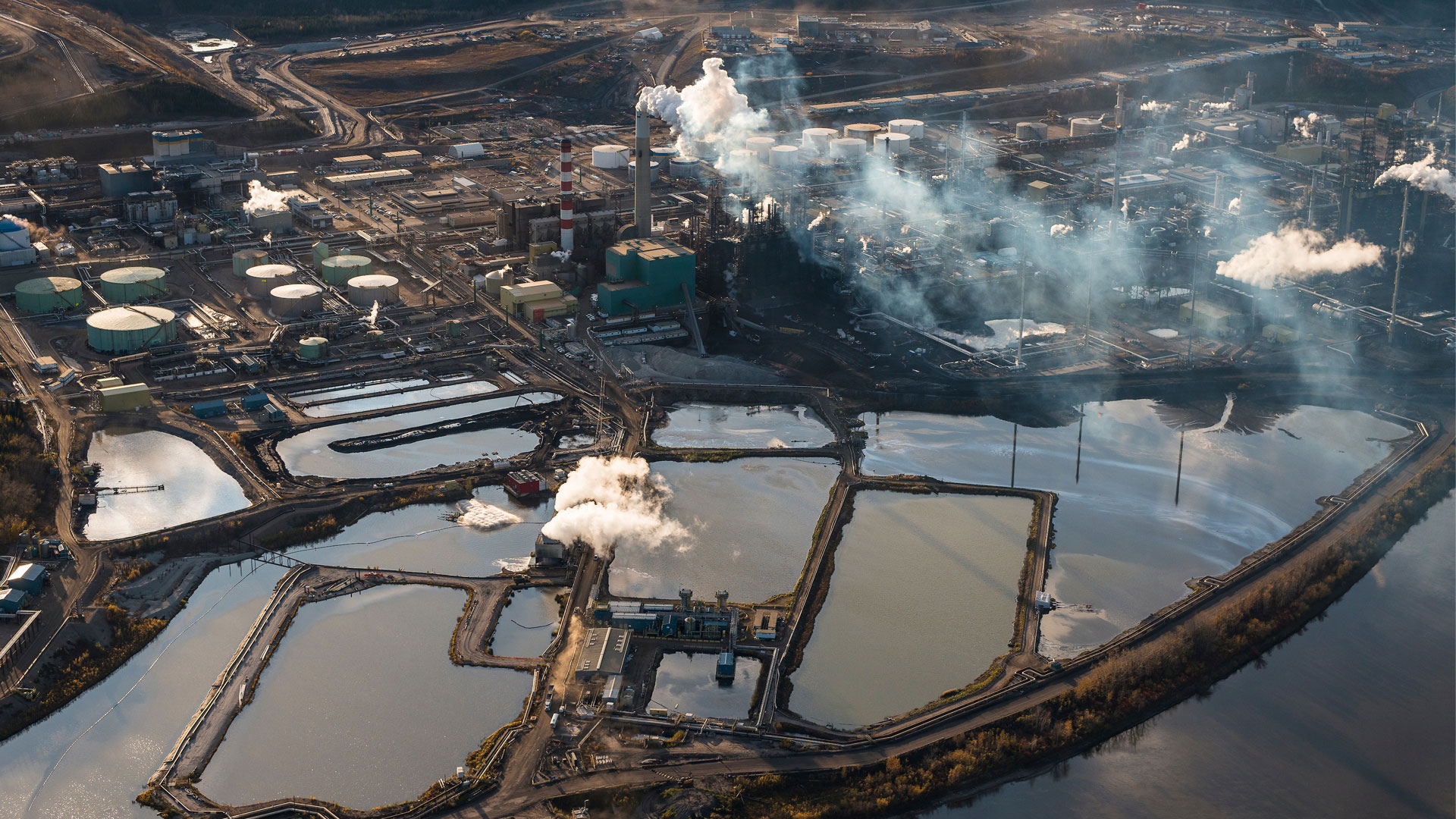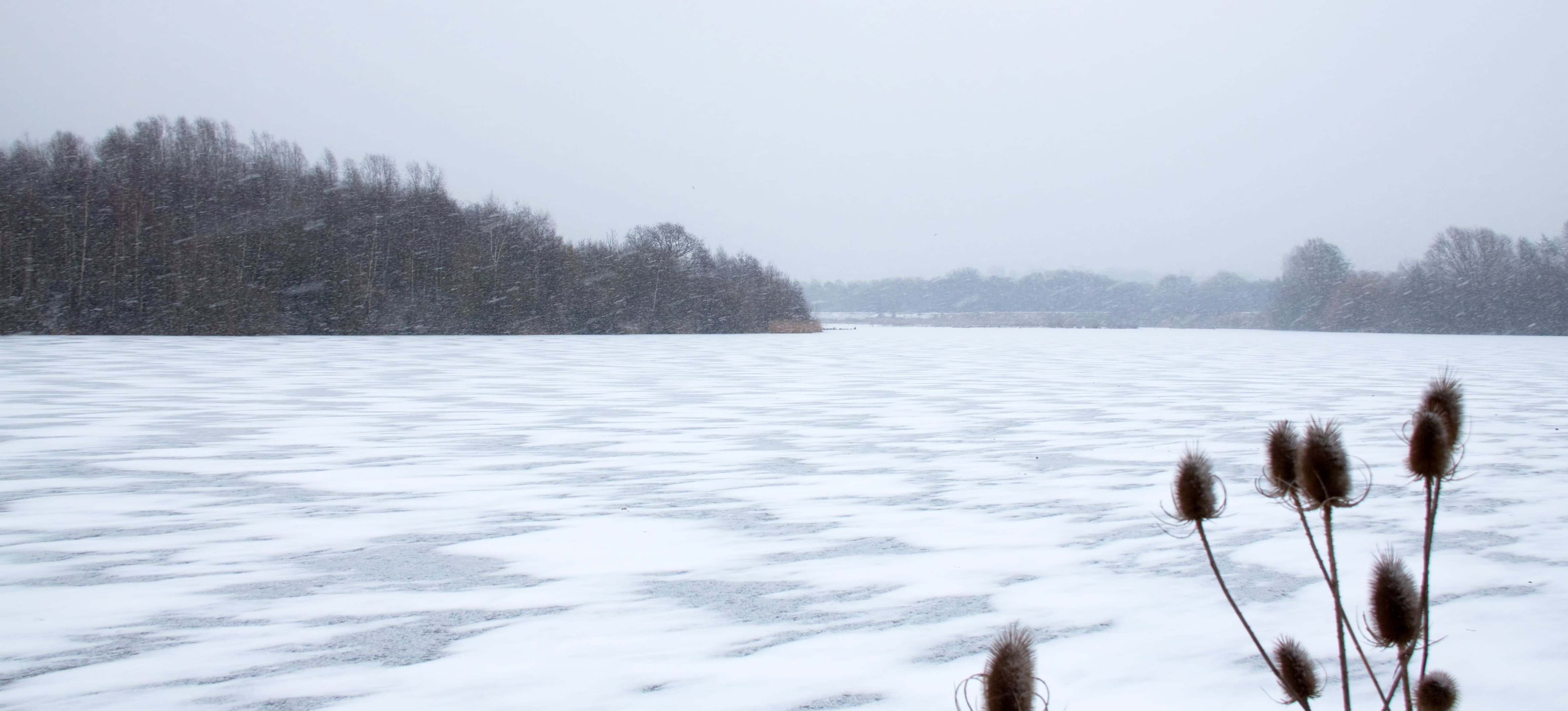Canada
Alpha 3
CAN
Related Content
Article
Event
Vanishing weekly hydropeaking cycles in American and Canadian regulated rivers
"Vanishing weekly hydropeaking cycles in American and Canadian regulated rivers" is part of The Topical Webinar Series hosted by the Core Modelling and Forecasting Team of the Global Water Futures program is a weekly event from May to August. In contrast to thematic webinars, this series highlights science advances from across the globe and aims to spur critical discussions that will improve our understanding and capability in modelling and managing cold-region hydrology.
To register, please email prabin.rokaya@usask.ca.
Local Perspectives Case Studies
Map
Disclaimer: The designations employed and the presentation of material on this map do not imply the expression of any opinion whatsoever on the part of the Secretariat of the United Nations concerning the legal status of any country, territory, city or area or of its authorities, or concerning the delimitation of its frontiers or boundaries. They solely serve navigation purposes on this page. Please also note that the map does not filter items if the search term filter is used.
Click on any of the highlighted countries to retrieve further information.





















